50th Anniversary of the Rehabilitation Act and Ensuring Access to Medical Diagnostic Equipment
 2023 marks 50 years of the Rehabilitation Act of 1973, a foundational law for ensuring people with disabilities have access to programs and activities that are funded by federal agencies and to federal employment. On March 23, 2010, President Barack Obama signed into law “The Patient Protection and Affordable Care Act,” which includes a provision to amend the Rehabilitation Act with Section 510 that requires the U.S. Access Board to create standards to ensure . . . .
2023 marks 50 years of the Rehabilitation Act of 1973, a foundational law for ensuring people with disabilities have access to programs and activities that are funded by federal agencies and to federal employment. On March 23, 2010, President Barack Obama signed into law “The Patient Protection and Affordable Care Act,” which includes a provision to amend the Rehabilitation Act with Section 510 that requires the U.S. Access Board to create standards to ensure . . . .
50th Anniversary of the Rehabilitation Act and Advancing Access to Information and Communication Technology
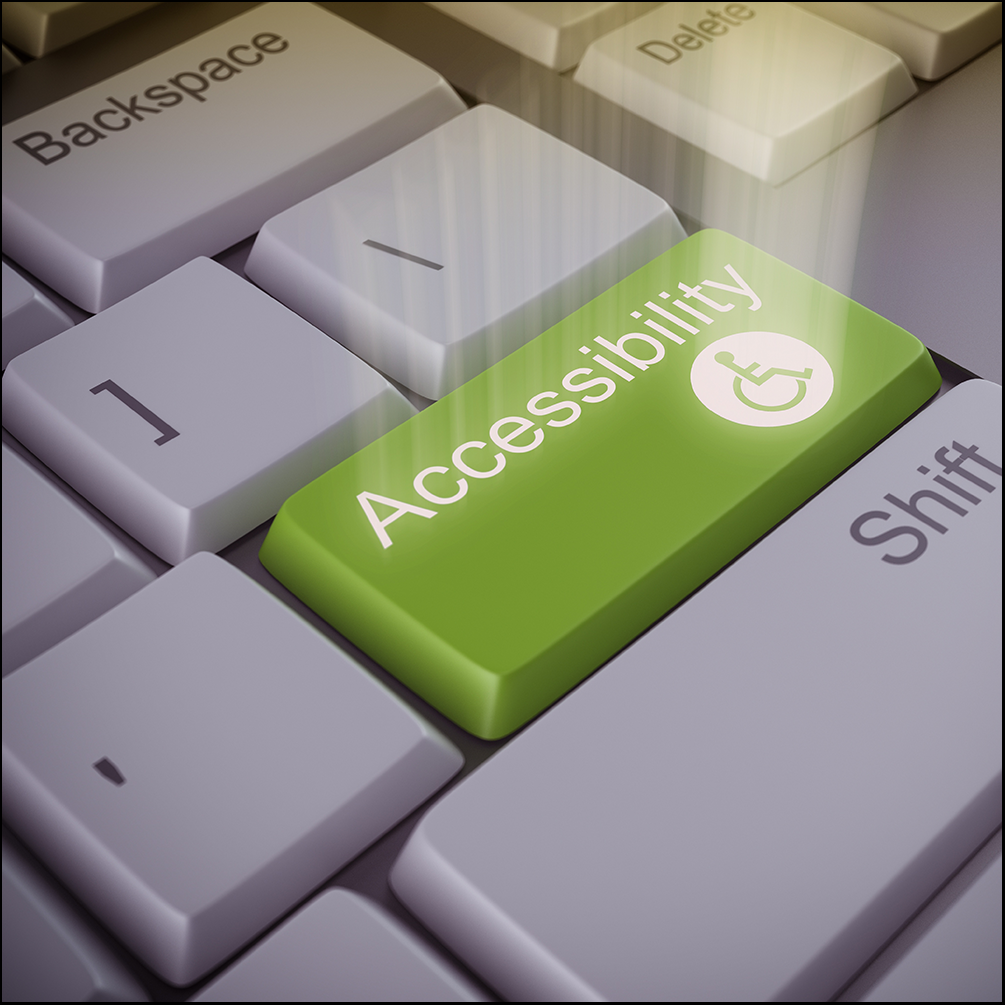 50 years ago, the Rehabilitation Act of 1973 was signed into law to require access to programs and activities that are funded by federal agencies and to federal employment. Section 502 of the law created the U.S. Access Board (originally named the Architectural and Transportation Barriers Compliance Board) to ensure access to . . .
50 years ago, the Rehabilitation Act of 1973 was signed into law to require access to programs and activities that are funded by federal agencies and to federal employment. Section 502 of the law created the U.S. Access Board (originally named the Architectural and Transportation Barriers Compliance Board) to ensure access to . . .
U.S. Access Board Releases Training Videos on Public Right-of-Way Accessibility Guidelines
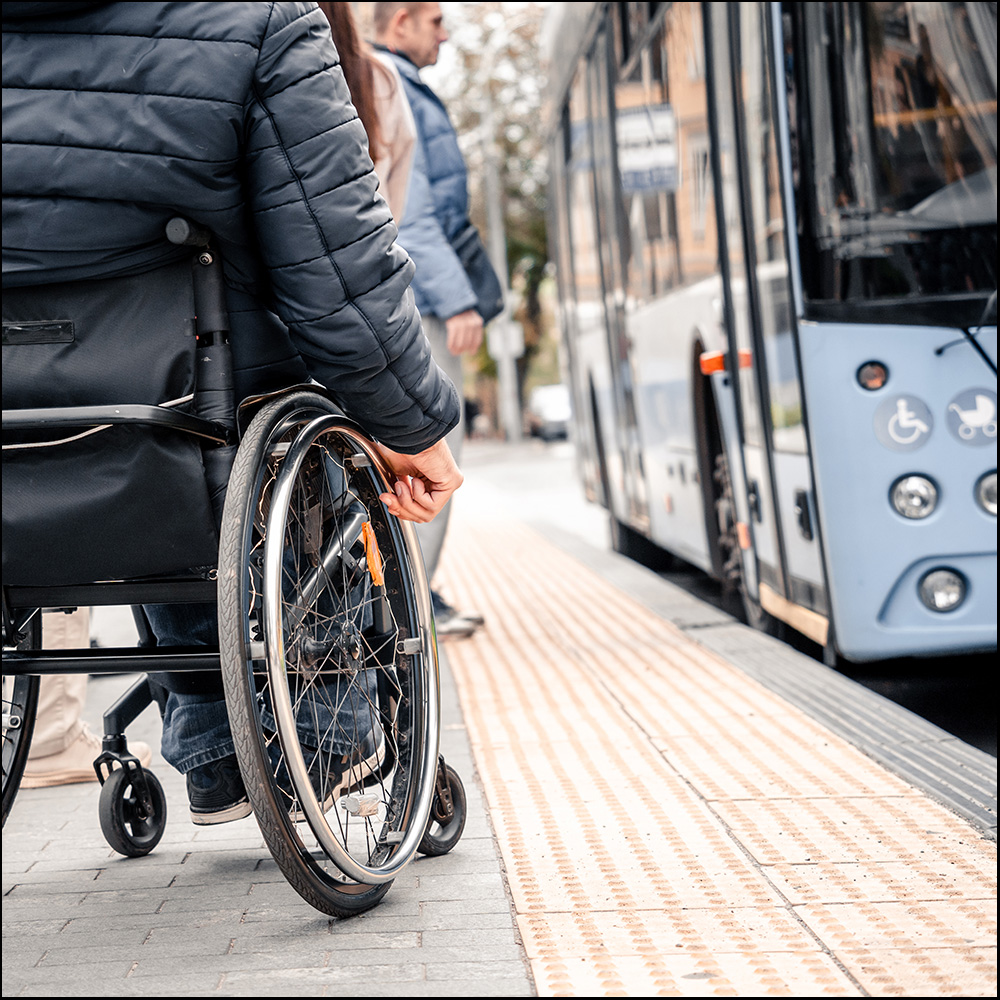 The U.S. Access Board continues to provide resources and training on the recently published final rule on public right-of-way accessibility guidelines by releasing five new videos on the Board’s YouTube Channel. These videos supplement the Board’s free technical assistance on the guidelines via . . .
The U.S. Access Board continues to provide resources and training on the recently published final rule on public right-of-way accessibility guidelines by releasing five new videos on the Board’s YouTube Channel. These videos supplement the Board’s free technical assistance on the guidelines via . . .
Notable Changes in Public Right-of-Way Accessibility Guidelines Final Rule
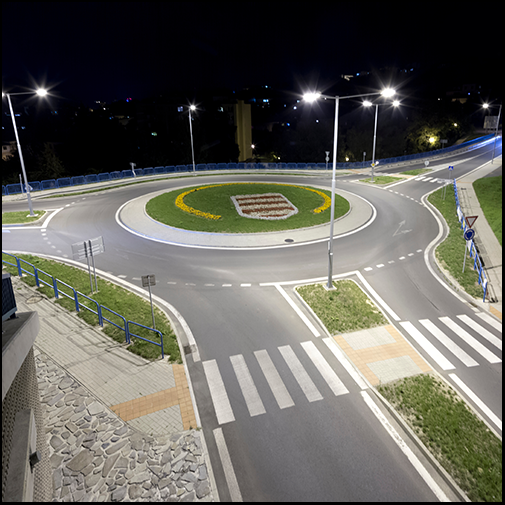 In 2011, the U.S. Access Board published proposed accessibility guidelines for pedestrian facilities in the public right-of-way and revised them in 2013 to include shared use paths. After reviewing hundreds of public comments, the Board issued the final rule on accessibility guidelines for pedestrian facilities in the public right-of-way on August 8, 2023. Some of the notable changes to the final rule from the versions proposed are . . .
In 2011, the U.S. Access Board published proposed accessibility guidelines for pedestrian facilities in the public right-of-way and revised them in 2013 to include shared use paths. After reviewing hundreds of public comments, the Board issued the final rule on accessibility guidelines for pedestrian facilities in the public right-of-way on August 8, 2023. Some of the notable changes to the final rule from the versions proposed are . . .
U.S. Access Board Staff Present on Designing Accessible Electric Vehicle Charging Stations
 The Joint Office of Energy and Transportation hosted the webinar “Designing for Accessible EV Charging Stations,” and the recording is publicly available. The webinar included a presentation by U.S. Access Board Transportation Systems Engineer Juliet Shoultz who discussed . . .
The Joint Office of Energy and Transportation hosted the webinar “Designing for Accessible EV Charging Stations,” and the recording is publicly available. The webinar included a presentation by U.S. Access Board Transportation Systems Engineer Juliet Shoultz who discussed . . .
Department of Justice Seeks Public Comment on Proposed Rule to Strengthen Web and Mobile App Access for People with Disabilities
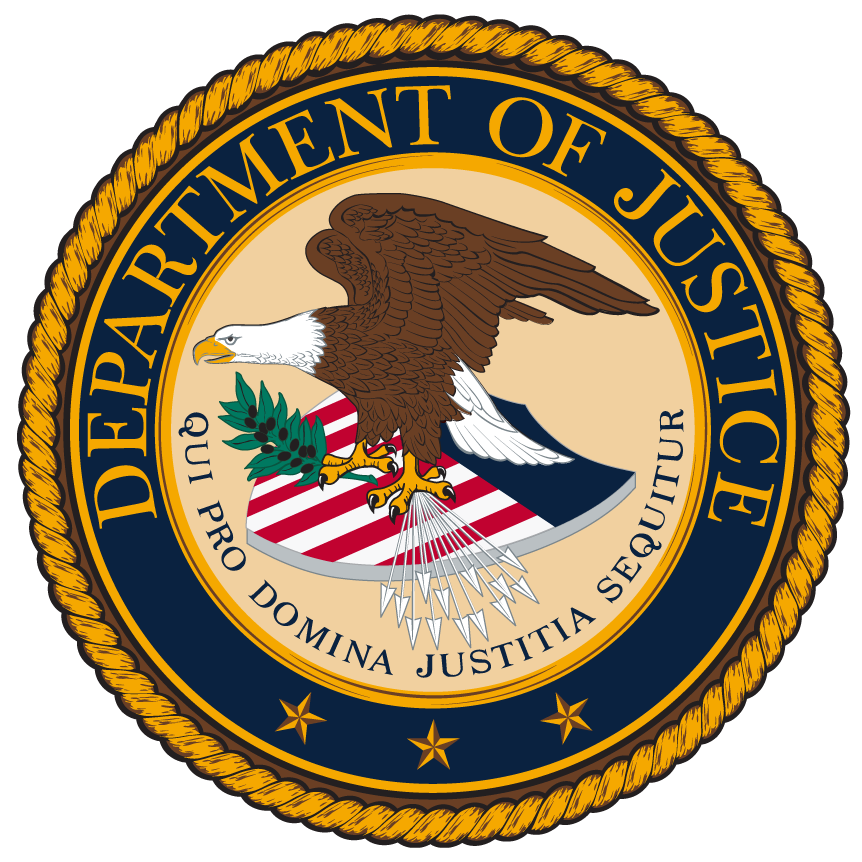 The Department of Justice (DOJ) has issued a notice of proposed rulemaking under Title II of the Americans with Disabilities Act (ADA) that aims to improve web and mobile applications (apps) access for people with disabilities and clarify how public entities, primarily state and local governments, can meet their existing ADA obligations as many of their activities shift online. The public can submit comments through October 3, 2023. . . .
The Department of Justice (DOJ) has issued a notice of proposed rulemaking under Title II of the Americans with Disabilities Act (ADA) that aims to improve web and mobile applications (apps) access for people with disabilities and clarify how public entities, primarily state and local governments, can meet their existing ADA obligations as many of their activities shift online. The public can submit comments through October 3, 2023. . . .
U.S. Access Board Celebrates 55th Anniversary of the Architectural Barriers Act
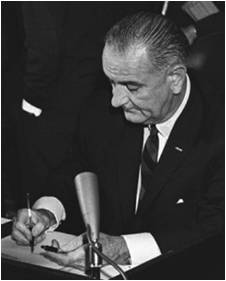 On August 12, 1968, President Lyndon Johnson signed the Architectural Barriers Act (ABA) into law at his ranch in Stonewall, Texas, and remarked the next day “it is humane legislation—which had the unanimous support of both Houses of Congress. I am pleased and proud to sign it into law.” Tomorrow marks the 55th anniversary of the ABA, one of the earliest measures by Congress to address access to the built environment by requiring . . .
On August 12, 1968, President Lyndon Johnson signed the Architectural Barriers Act (ABA) into law at his ranch in Stonewall, Texas, and remarked the next day “it is humane legislation—which had the unanimous support of both Houses of Congress. I am pleased and proud to sign it into law.” Tomorrow marks the 55th anniversary of the ABA, one of the earliest measures by Congress to address access to the built environment by requiring . . .
U.S. Access Board Mourns Passing of Former Executive Director Larry Roffee
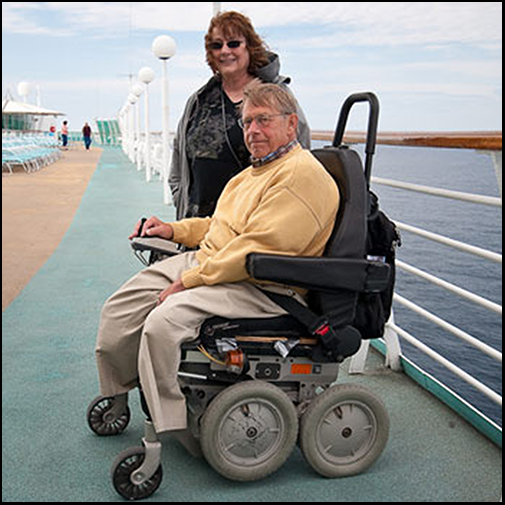 With deep sorrow, the U.S. Access Board announces the passing of former Executive Director Larry Roffee. He was appointed Executive Director of the Board in November 1988 and held the position for 20 years before retiring from federal service in August 2008. Mr. Roffee served in the U.S. Army as a Second Lieutenant in Vietnam in 1969 and 1970 and was wounded in action in May 1970. On August 9, 2023, Roffee passed peacefully in Billings, Montana while . . .
With deep sorrow, the U.S. Access Board announces the passing of former Executive Director Larry Roffee. He was appointed Executive Director of the Board in November 1988 and held the position for 20 years before retiring from federal service in August 2008. Mr. Roffee served in the U.S. Army as a Second Lieutenant in Vietnam in 1969 and 1970 and was wounded in action in May 1970. On August 9, 2023, Roffee passed peacefully in Billings, Montana while . . .
President Biden Appoints Olivia Mae M. Asuncion to U.S. Access Board
 President Joe Biden has appointed Olivia Mae M. Asuncion, AIA, as a Public Member to the U.S. Access Board. Asuncion succeeds Board Public Member Karen Braitmayer, who had been appointed by President Barack Obama and served as Board Chair and Vice-Chair in 2013 and 2012, respectively. Asuncion brings a breadth of knowledge in the architecture field and . . .
President Joe Biden has appointed Olivia Mae M. Asuncion, AIA, as a Public Member to the U.S. Access Board. Asuncion succeeds Board Public Member Karen Braitmayer, who had been appointed by President Barack Obama and served as Board Chair and Vice-Chair in 2013 and 2012, respectively. Asuncion brings a breadth of knowledge in the architecture field and . . .
U.S. Access Board Issues Final Rule on Public Right-of-Way Accessibility Guidelines
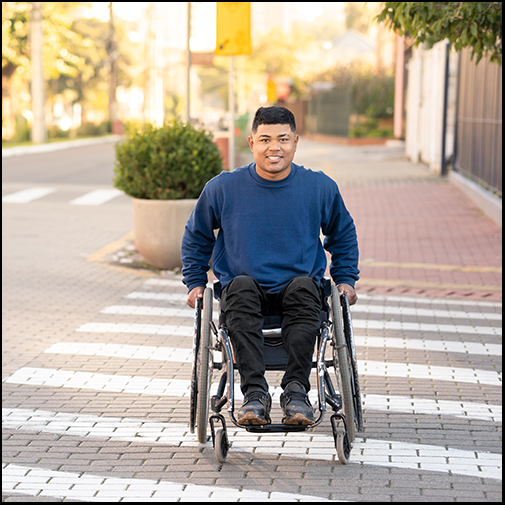 Pedestrians with disabilities throughout the United States continue to face major challenges in travel because many sidewalks, crosswalks, and other pedestrian facilities are inaccessible. Today, the U.S. Access Board addressed this inequity by issuing a final rule on accessibility guidelines for pedestrian facilities in the public right-of-way. These guidelines . . .
Pedestrians with disabilities throughout the United States continue to face major challenges in travel because many sidewalks, crosswalks, and other pedestrian facilities are inaccessible. Today, the U.S. Access Board addressed this inequity by issuing a final rule on accessibility guidelines for pedestrian facilities in the public right-of-way. These guidelines . . .


